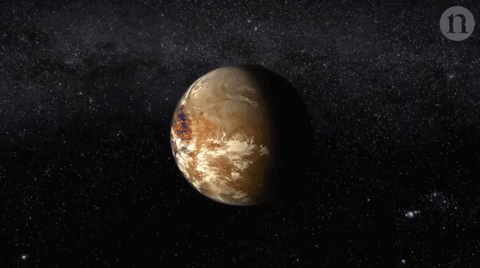A recent study has revealed that super-Earths face significant difficulties forming around metal-poor stars, challenging previous ideas about planet formation. This new insight sheds light on the role that the universe’s earliest stars may have played in shaping the planetary distribution within our galaxy.
The research emphasizes the importance of metallicity, which refers to the abundance of elements heavier than helium in a star. By studying these elements, astronomers can trace the history of star formation and its connection to planetary systems, offering new perspectives on the necessary conditions for the formation of Super-Earths.
What Is Metallicity and Why Does It Matter?
In astronomical terms, metallicity measures how much of a star is composed of elements heavier than helium. Stars with high metallicity, such as our Sun, are generally younger, while metal-poor stars date back to the early universe. Previous studies hinted at a gradual decline in planet formation as metallicity decreased. However, this new study uncovers a sharp threshold where the formation of Super-Earths becomes highly improbable.
The research, led by Kiersten Boley, who earned her PhD in astronomy at Ohio State University, reveals that stars formed in the metal-poor regions of the galaxy likely lacked the materials necessary to create Super-Earths. “When stars go through their life cycle, they enrich the surrounding space with metals until there’s enough to form planets,” Boley explained. “But even in stars with lower metallicity, we believed the number of planets would never drop to zero. This study proves otherwise.”
Study Insights and Surprising Findings
To test these predictions, Boley and her team compiled a catalog of 10,000 metal-poor stars using data from NASA’s Transiting Exoplanet Survey Satellite (TESS). Based on known trends, they expected to find around 68 Super-Earths among the stars. Instead, they found none. “We discovered a sharp decline where we anticipated a gradual slope,” Boley stated. “The predicted occurrence rates didn’t align with our findings.”
This discovery suggests that Super-Earths only became viable approximately seven billion years ago. Before that time, stars lacked the necessary materials to form such planets. The team’s work challenges the idea that planets form steadily over time and instead suggests there is a “cliff” in planet formation when certain metallicity levels are not met.
Implications for the Search for Extraterrestrial Life
For researchers focused on the search for extraterrestrial life, these findings are crucial. “This study refines where we should focus our search for life,” Boley noted. Areas with metal-poor stars are unlikely to host Super-Earths, meaning that life-supporting planets are far less common in those regions.
Understanding the connection between metallicity and planet formation also has broader implications for habitability. Planets need specific conditions to support life, such as liquid water and a magnetic field. These insights help narrow down the search for planets that could sustain life, particularly in the hunt for rocky exoplanets.
As the field of exoplanet research continues to grow, upcoming missions like NASA’s Nancy Grace Roman Space Telescope and the European Space Agency’s PLATO mission will further our understanding of planets within habitable zones. These tools will help astronomers gather more data on exoplanet formation and the chances of discovering life beyond our solar system.
The Future of Super-Earth Discovery
Super-Earths are exoplanets that are larger than Earth but significantly smaller than ice giants like Uranus or Neptune. While they vary in composition—some may be rocky, others gaseous—they are of particular interest to scientists. Super-Earths are some of the most common types of planets in the galaxy, though none exist in our own solar system.
This study adds a new dimension to our understanding of how these planets form, especially in relation to stars with different metallicity levels. With further research, astronomers may refine their methods for locating these planets, and one day, they may even find a Super-Earth capable of supporting life.
For more on planet formation, explore our articles on how distant stars influence exoplanet discovery, Super-Earth findings, and NASA’s latest exoplanet missions. Each of these topics offers additional context for understanding the ongoing hunt for Earth-like planets in the galaxy.
This study marks a significant step forward in our understanding of how Super-Earths form and where we might find them. With further advancements in space technology, we are likely to see even more surprising discoveries in the years ahead. The universe may hold more secrets about planetary formation than we’ve ever imagined.











